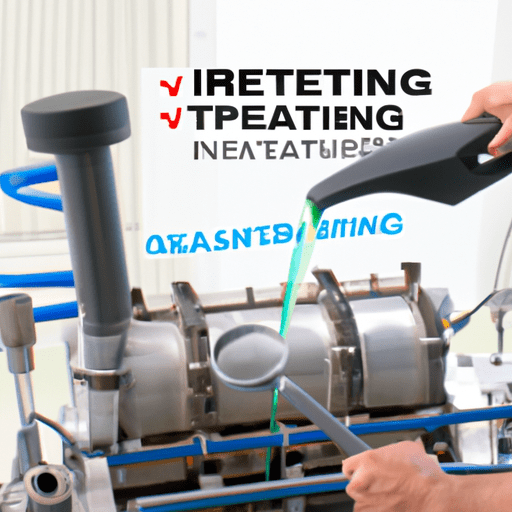In the world of engine design and production, achieving the highest level of performance and reliability is critical to stay competitive in the market. With advancements in materials science and manufacturing technology, manufacturers are constantly seeking more efficient ways to construct their engines, while also ensuring they meet stringent regulatory requirements.
Innovative testing methods play a significant role in this process, facilitating developers and engineers to evaluate engine performance and reliability during and after development. In recent years, new and advanced testing techniques have emerged that offer valuable insights into the behavior of engines under various conditions, improving the engine’s performance and reliability.
Here we will elaborate on the effect of advanced testing techniques and their role in enhancing engine performance and reliability.
1. Virtual Testing
The use of virtual testing methods enables researchers to evaluate and optimize components and systems of an engine without developing physical prototypes, thus saving time and costs. Computer-aided engineering simulations can analyze the complexities of numerous engine components, such as combustion chambers, intake and exhaust valves, ignitions systems, and turbochargers, to create accurate representations of engine performance.
By simulating combustion processes, engineers can optimize the design of the cylinder head, pistons, and valves to achieve greater efficiency and power output. This approach not only reduces development costs but also accelerates time-to-market and enhances engine performance and reliability.
2. Non-Destructive Testing Techniques
Non-destructive testing techniques permit researchers to assess the properties of engine components without harming the parts. Using technologies such as magnetic particle imaging, ultrasonic testing, and X-ray imaging, engineers can detect tiny defects that can impact performance and reliability over time, assisting manufacturers in identifying potential issues in engine components before failure occurs.
Non-destructive testing also allows manufacturers to inspect the quality of materials used in the engine, ensuring they meet the required material specifications for proper performance and reliability. Detecting defects before the engine is assembled enhances the quality of the final product, resulting in better fuel efficiency, longer lifespan, and lower maintenance costs.
3. Durability Testing
Durability testing simulates real-world usage conditions and climate variations, such as temperatures, humidity, and vibration, to evaluate engine performance and longevity over time. Durability testing aids in detecting individual components’ weaknesses, such as pistons, bearings, and cylinder liners, and in turn, improves the engine’s performance and reliability.
Durability testing also enables designers to determine how various materials and designs impact engine life, identify high-stress areas, and optimize component performance. By identifying defects or design weaknesses early, manufacturers can improve engine durability, reduce repair costs, and enhance the engine’s overall performance and reliability.
4. High-Speed Photography
High-speed photography facilitates capturing images of internal engine components at high speeds, providing valuable data on component performance, vibration, and fluid movement within the engine. Using this technique, engineers can monitor the engine’s combustion process, fuel injection patterns, and valve behavior, enabling them to identify inefficiencies and optimize the engine’s design for better fuel efficiency and power output.
High-speed photography also allows engineers to evaluate potential problems and changes in real-time, significantly decreasing the time and cost involved in the development process. The data obtained from high-speed photography helps engineers to hone their designs and produce engines that are more reliable and efficient in operation.
Conclusion
Innovation testing techniques are vital to achieving improved engine performance and reliability. With the advancements in technology, manufacturers can harness the power of non-destructive testing, virtual testing, durability testing, and high-speed photography to evaluate engine components and systems thoroughly.
By utilizing these innovative testing methods in engine design and testing, manufacturers can ensure their products meet regulatory standards while also providing the highest possible efficiency and reliability. These testing methods enable manufacturers to save time and costs, accelerate the development process and optimize the engine’s design while significantly improving engine performance and reliability.


